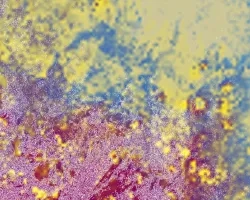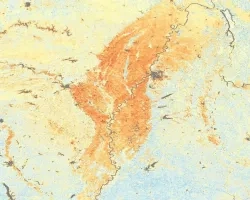
A changing climate has the potential to affect both agricultural productivity and global levels of biodiversity. In the agricultural context, the ability to rapidly identify more water-efficient and drought tolerant crop varieties will be vital for international food security. Current methods of phenotyping superior crop types are often destructive, time-intensive, and costly. Remote sensing affords the opportunity to expedite the phenotyping process by expanding both the spatial and temporal scale of analyses – bypassing the limitations of current genetic testing and plant breeding trials. As biodiversity research presents analogous constraints to in situ phenotyping, similar resolution benefits are attributed to monitoring shifts in species richness at the global scale using remote sensing technologies. With the anticipated launch of the ECOsystem Spaceborne Thermal Radiometer Experiment on Space Station (ECOSTRESS) in 2018, we investigated the potential applications of its evapotranspiration (ET) products to inform agricultural management practices and global conservation efforts. Evapotranspiration, or water vapor entering the atmosphere from the combination of transpiration and evaporation, differs by plant type and has been used in previous work to model species richness. On the farm-scale, we investigated the utility of ET to phenotype and identify the best performing varieties of cotton in water-stressed conditions. We then examined how well evapotranspiration can predict global vascular plant species richness.



